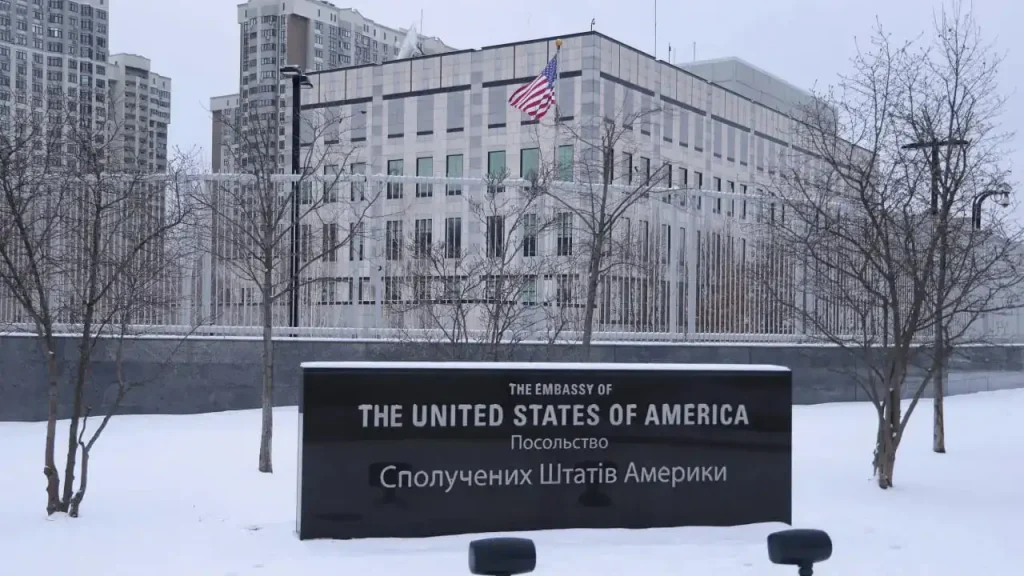The US government shutdown entered its fifth day on Monday, with top officials warning that large-scale federal layoffs could begin soon if negotiations between the White House and Democrats fail.
The deadlock threatens to cripple key services and heighten uncertainty across government departments.
White House Cautions of Looming Job Cuts
White House economic adviser Kevin Hassett said the administration was preparing for potential layoffs but still hoped to reach a deal. “We’re ready to act if necessary, but we’d prefer not to,” he stated during a televised interview.
President Donald Trump confirmed that “measures were underway,” though he provided no details on timing or scope. The Office of Management and Budget, which has pushed for smaller government operations, has remained silent on the matter.
No Breakthrough in Talks
Negotiations between congressional leaders and the administration have made little progress. The shutdown began on October 1, the start of the 2026 fiscal year, after Senate Democrats blocked a short-term funding bill that would have kept the government running until November 21.
Senate Democratic leader Chuck Schumer blamed the White House for failing to engage. “They refuse to negotiate directly,” he said. “We need a real conversation with the president and key lawmakers to move forward.”
Policy Demands at the Center of the Stalemate
Democrats have tied their support to guarantees on health insurance subsidies under the Affordable Care Act and protections against unilateral spending cuts.
Senate Majority Leader John Thune indicated willingness to discuss these points—but only after the government reopens. “We must restart essential operations before addressing policy differences,” he said.
President Trump maintained that reforms to health policy were necessary. “The current system fails too many Americans. We want to fix that,” he added.
Senate Vote Expected to Fail
The Senate is set to vote again Monday on two funding measures—a House-approved Republican plan and a Democratic alternative. Neither proposal is expected to secure the 60 votes required.
With a 53–47 GOP majority and one Republican defection, at least eight Democrats would need to support the House bill. So far, only three have indicated willingness to cross party lines.
“It’s reopen or face consequences,” Thune warned, underscoring the growing urgency.
Uncertain Road Ahead
The budget standoff has already rattled markets and raised fears of delayed payments and service disruptions. Analysts warn that continued inaction could slow economic growth and weaken public confidence in Washington’s ability to govern.
As the Senate prepares for another failed vote, pressure mounts on both sides to strike a deal and end the US government shutdown before the impact spreads further.
__________________________________________________
Florida Treasure Hunters Uncover $1M in 1715 Shipwreck Coins






